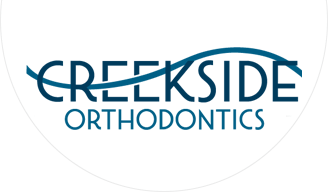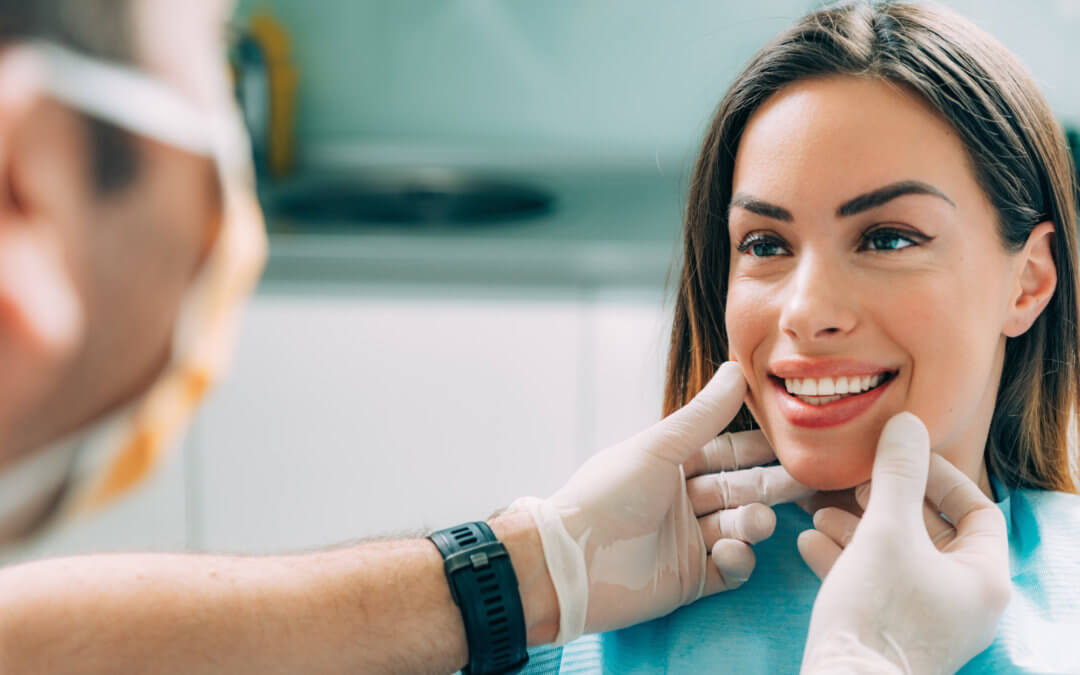A recent survey shows that more than half of Americans are insecure about their teeth. As a result, they’re more reluctant to flash their smile during pictures and they cover their mouths when they laugh.
Can you relate to those feelings of insecurity?
Fortunately, you don’t have to live with a smile you don’t truly love, thanks to advances in orthodontics. But, when it comes to Invisalign vs traditional braces, which is the best option for you?
This guide is here to help.
Keep reading to learn more about each option, so you can make the best choice, whether you’re trying to decide on a treatment plan for yourself or your child.
Traditional Braces: What to Expect
While metal braces are often associated with teenagers and middle school, the truth is that it’s becoming more common for adults to get braces as well.
Traditional braces are a great option for all age groups, simply because they do the job they’re meant to do. If you choose metal braces for your orthodontic treatment plan, it helps to know what you can expect during the process.
Appearance
Traditional braces use brackets, which attach to your teeth. Then those brackets connect with pieces of wire, that help shift your teeth as needed.
Many people, both young and old, don’t like the idea of a mouthful of metal, which may turn them off on the idea of traditional braces. However, now, there are options available so that the brackets more closely match the natural color of your teeth.
This makes your braces more subtle, so it’s not the first thing someone notices about you.
Alternatively, traditional braces give you the opportunity to showcase your style and personality, if you desire. You can choose different color bands to help make a fashion statement every time you smile.
Convenience
When you choose traditional braces, you can take a “set it and forget it” approach to your orthodontic care. Once you get the braces put on, all you have to do is maintain good oral hygiene habits, while the braces work their magic, straightening your teeth.
Then, you’ll visit with your orthodontist about once a month for an adjustment.
When it comes to eating with braces, you’ll need to avoid certain foods like anything sticky. Otherwise, you could risk damaging the brackets or wires.
Time
One of the questions we get asked the most about braces is, “How long will I have to wear them?”
The short answer is that it depends. Your teeth may only need small adjustments, in which case you won’t have to wear them for very long. But, the more straightening your teeth need, the longer you’ll need to wear braces.
On average, you can expect to have your braces on between 12 and 18 months.
Cost
The cost of traditional braces also varies. The total amount you’ll end up paying depends on how much your insurance covers and the orthodontist you see.
However, traditional braces tend to be a more affordable option when compared to Invisalign. On average, you should expect to pay between $3,000 and $6,000 for a traditional braces treatment plan.
Creekside Orthodontics proudly offers a variety of payment plans and third-party financing to help make the dream of straighter teeth a more affordable reality.
Invisalign: What to Expect
You’ve probably seen the commercials before, showing you how easy it is to get straighter teeth with the help of Invisalign.
It looks too good to be true, right? Well, it’s not! Here’s a closer look at what to expect if you choose Invisalign for your orthodontic treatment plan.
Appearance
The number one reason so many people like the idea of Invisalign is because it’s less noticeable than traditional braces. Instead of metal brackets and wires, Invisalign works through the use of custom, fitted clear trays or aligners.
When you wear the aligners, your teeth shift over time, leaving you with straighter teeth and a smile you’ll be proud to show off.
Often, when you’re wearing your Invisalign trays, they’re unnoticeable to other people.
Convenience
It’s important to remember that Invisalign only works if you wear them properly. If you have a hard time remembering to wear your aligners, your teeth won’t show much improvement.
This is why some people prefer to go the route of traditional braces instead. If, however, you remember to wear them regularly, then they are a convenient option.
As you move through treatment, you’ll visit your orthodontist and receive new trays as needed. The less you wear them, the longer it will take for you to move on to the next tray.
Another attractive benefit of Invisalign is that you can take the aligners out while you eat. This means that no foods are off-limits, since you can conveniently slip the trays in and out for meals.
Time
Much like with traditional braces, the time it takes for Invisalign to work depends on a few factors. If your teeth are mostly straight, you might only have to wear your aligners for a few months.
And, as we mentioned above, the more consistently you wear your aligners, the faster your treatment goes.
In most cases, you can expect your Invisalign treatment to last around 12 to 18 months. Best of all, you can notice small improvements in just a few weeks.
Cost
It’s no secret that Invisalign tends to be a bit more expensive than traditional braces. However, more and more insurance companies are starting to cover Invisalign treatment, so your plan may help alleviate some of the costs.
On average, your treatment may cost between $3,000 and $8,000, but our payment options and financing plan can help cover this treatment plan as well.
Most patients believe that the priceless feeling of being confident in their smile is worth the cost of Invisalign treatment.
Invisalign vs Traditional Braces: Making a Decision
Now that you know more about choosing between Invisalign vs traditional braces, you can make the best decision for your mouth.
Here at Creekside Orthodontics, we offer both treatment plans to help you get the smile you’ve always wanted.
Request an appointment today so you’re one step closer to smiling with confidence!

